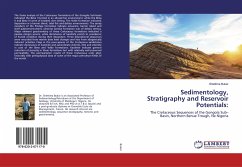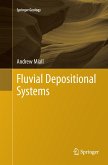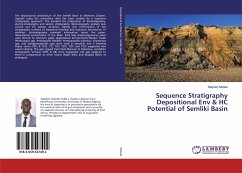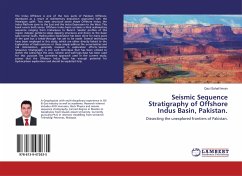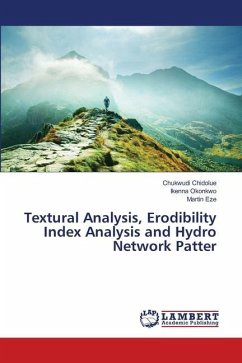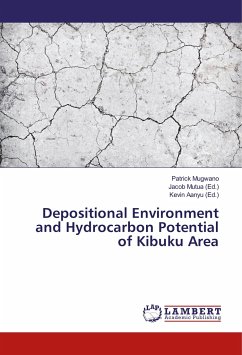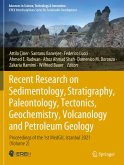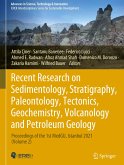The facies analysis of the Cretaceous formations of the Gongola Sub-basin indicated the Bima I formed in an alluvial fan environment, while the Bima II and Bima III were of braided river setting. The Yolde Formation indicated deposition in a barrier island, tidal flat and deltaic environments. The sandy members of the Pindiga Formation indicate estuarine, barrier island and shelf paleoenvironment, whereas Gombe Formation was of deltaic setting. Major element geochemistry of these Cretaceous formations indicated a passive margin source, while dominance of kaolinite points to prevalence of humid condition during their deposition. Three depositional sequences were recorded from marine base level changes and two from allogenically induced activities. Clays in the pore-spaces of the Cretaceous sandstones indicate dominance of kaolinite and subordinate chlorite, illite and smectite in case of the Bima and Yolde Formations. Kaolinite indicate general reduction of porosity in these formations but with relatively well preserved permeability. The permeameter results of these Cretaceous units align favorably with petrophysical data of some of the major petroleum fields of the world.
Bitte wählen Sie Ihr Anliegen aus.
Rechnungen
Retourenschein anfordern
Bestellstatus
Storno

